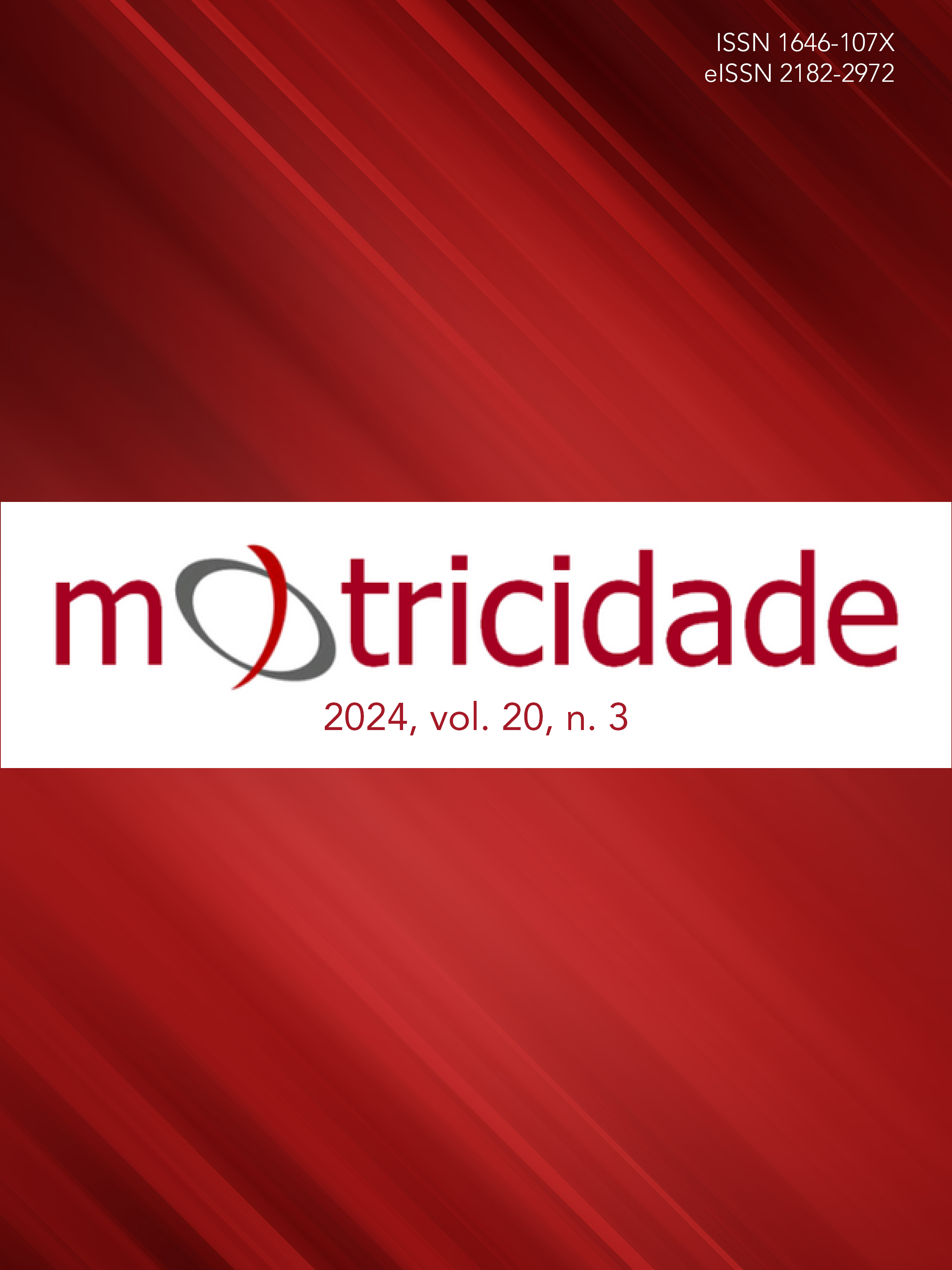Physical training protocols that influence the 5.000m time trial performance: a systematic review
DOI:
https://doi.org/10.6063/motricidade.32769Keywords:
athletes, athletic performance, exercise, resistance training, running exerciseAbstract
A review of training protocols for the 5.000m race was carried out in order to facilitate the search and comparison between the existing protocols. This study aimed to systematically review the literature on the physical training protocols applied to athletes and well-trained runners who have investigated the impacts on performance in 5,000m races and/or recognised performance parameters in this distance. This review was carried out in accordance with PRISMA guidelines. The search used PubMed, Web of Science and Scopus electronic databases. The PICOS strategy was used to define eligibility criteria. A total of 35 studies were included in the systematic review, 25 studies were selected for qualitative analysis from the databases, and 10 articles were identified during the reading of the articles selected by the main search. Selected studies had their methodological quality and risk of bias assessed by the Cochrane Risk of Bias Tool. Interval running protocols are the main potentiators for performance in the 5.000m. Among all running protocols that improved the 5,000m time trial or any of the predicted variables studied in this review, 33.33% used both interval and continuous training, 33.33% used uphill HIIT, and 13.33% used HIIT. Neuromuscular protocols showed effects mainly on running economy. Eight of the eleven neuromuscular intervention protocols showed improvement in this variable. Among all neuromuscular protocols that improved the 5,000m time trial or any of the predicted variables studied in this review, 50% applied complex training, 25% used plyometric as an intervention and 25% used strength resistance training. The coach must choose the combination of the studied protocols in order to guarantee performance improvement.
Downloads
Published
Issue
Section
License
The authors of submitted manuscripts must transfer the full copyright to Journal Motricidade / Sílabas Didáticas Editions. Granting copyright permission allows the publication and dissemination of the article in printed or electronic formats, and copyrights start at the moment the manuscript is accepted for publication. It also allows Journal Motricidade to use and commercialise the article in terms of licensing, lending or selling its content to indexation/abstracts databases and other entities.
According to the terms of the Creative Commons licence, authors may reproduce a reasonable number of copies for personal or professional purposes, but without any economic gain. SHERPA/RoMEO allows authors to post a final digital copy (post-printing version) of the article on their websites or on their institutions' scientific repository.


